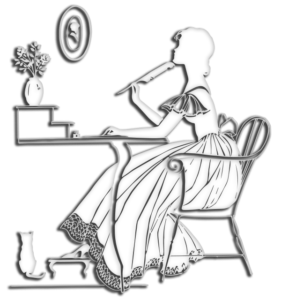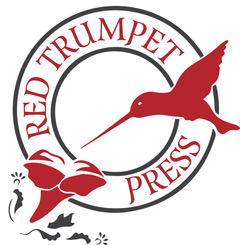One of the presenters at this year’s Idaho Writer’s Rendezvous was the novelist Ciji Ware. (http://cijiware.com.) She’s known for sink-your-teeth-into sagas that explore little known, but fascinating female historical figures, like the fourth Duchess of Gordon (Island of the Swans) and the many English women playwrights who flourished in the 18th century (Wicked Company).
Ms. Ware was a journalist before launching her fiction writing career, and her attention to the “truth” of a given situation shows. She researches her subjects exhaustively, applying the “Who, what, when, where, why and how” from her reporter’s playbook. Whenever possible, she will even search out primary historical documents in order to get a solid feel for her characters and the setting in which she’s placed them. According to Ware, writers owe it to their readers to get the facts right, especially if real people and events are woven into an otherwise fictional tale. In other words, if Abe Lincoln figures into your story somehow, you’d better having him wearing a stovepipe hat and not a beret! I couldn’t agree more.
I did this in my new historical romance, The Art of Love. The first part of the story takes place in the Klondike during the famous Gold Rush of 1896. One of the most successful of the “Klondike Kings,” Clarence Berry, was indeed tending bar when a miner came in telling of a fabulous gold strike. Aside from the fact that my fictional hero and other characters are in the room, I’ve tried to create that moment in history as accurately as possible.
Same with San Francisco of the early 1900’s. I wrote the descriptions of the Cliff House Restaurant and the Sutro Baths, for example, from historical sources. Now I can’t vouch for what my characters actually did in those locales (!), but I tried my best to give a feel for what the places themselves must have been like way back then. The point is, just because you’re writing fiction doesn’t mean you shouldn’t tell the truth.
I love learning about different historical eras and sharing what I’ve learned. And there’s nothing more fun than creating good stories with compelling characters. In The Art of Love I hope I’ve achieved both. Check it out and let me know what you think.


